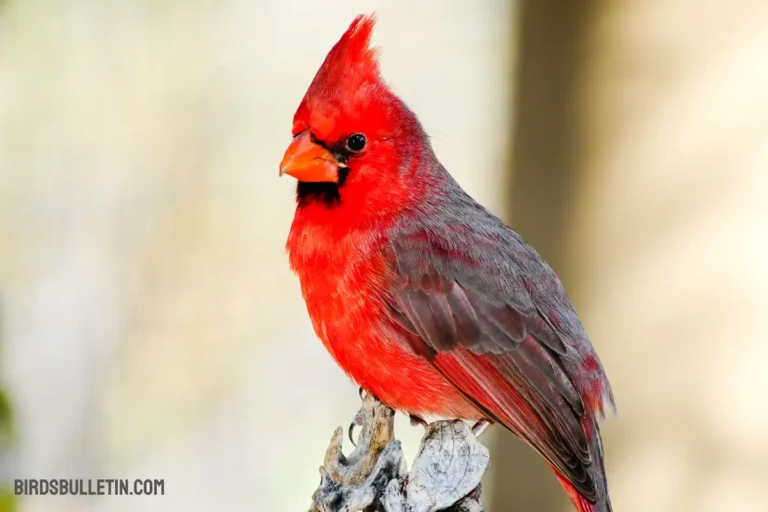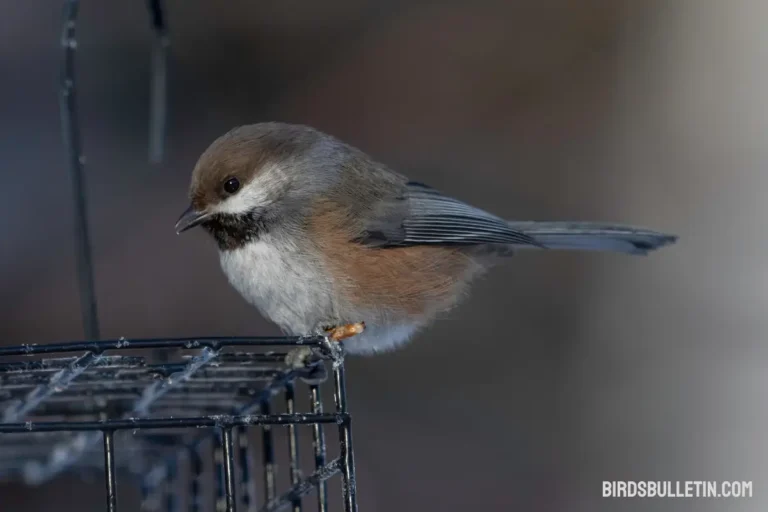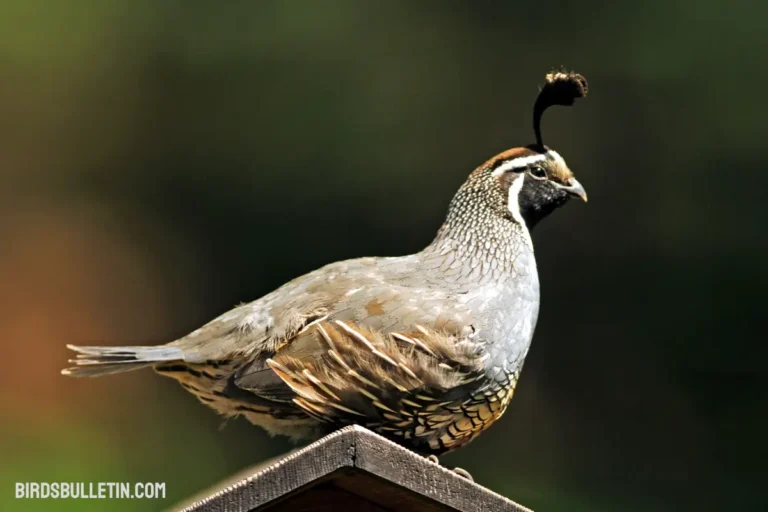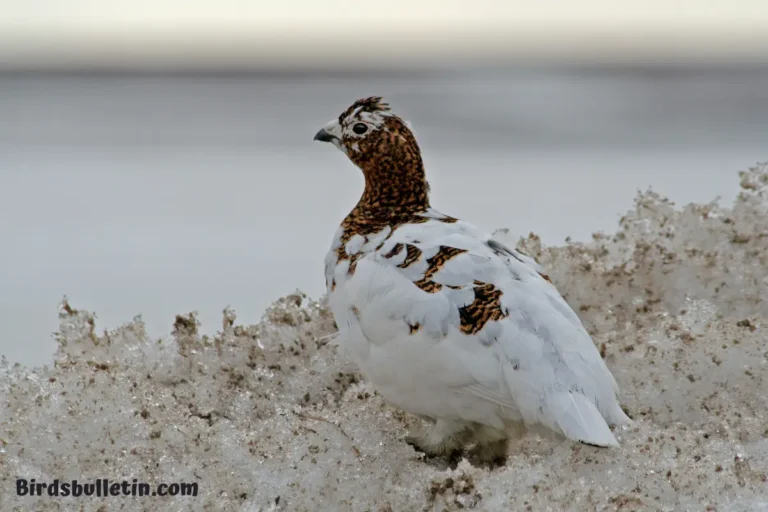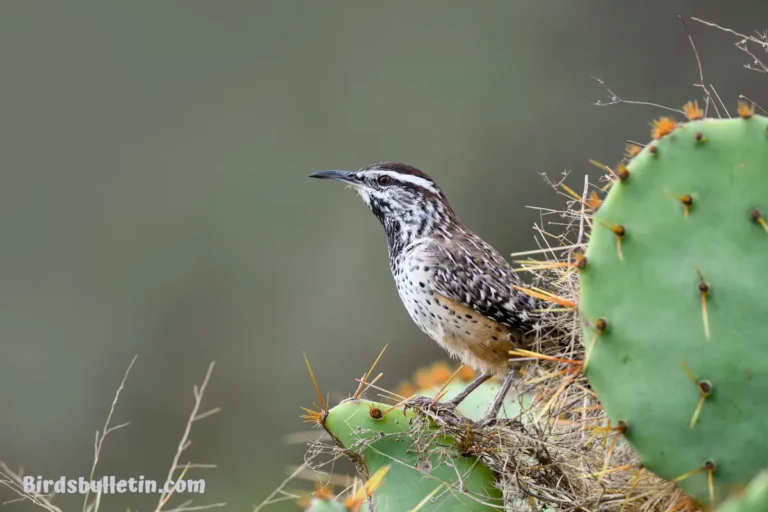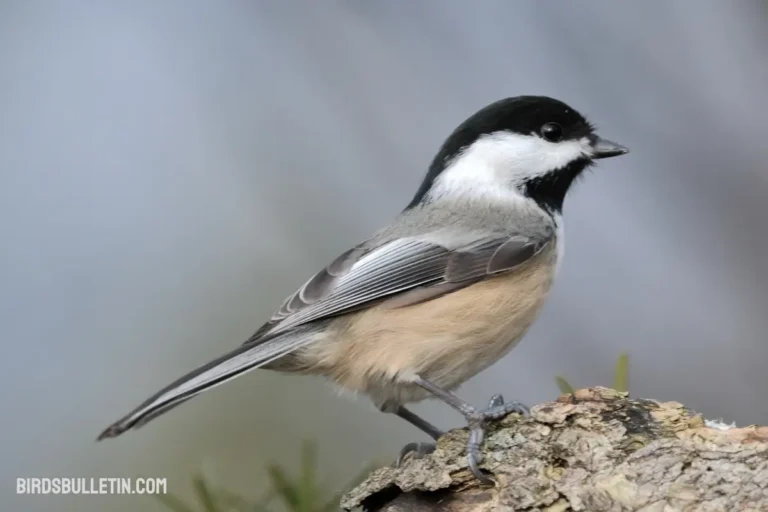Logopus Logopus Brevirostris Overview
Lagopus lagopus brevirostris, known as the Altai ptarmigan, is a subspecies of ptarmigan that resides in the Altai Mountains and Sayan Mountains of Central Asia. As a ground-dwelling grouse adapted to alpine environments, it plays an important role in these fragile ecosystems.
Looking for more overview about bird subspecies:
Scientific Classification
- Kingdom: Animalia
- Phylum: Chordata
- Class: Aves
- Order: Galliformes
- Family: Phasianidae
- Genus: Lagopus
- Species: L. lagopus
- Subspecies: L. l. brevirostris
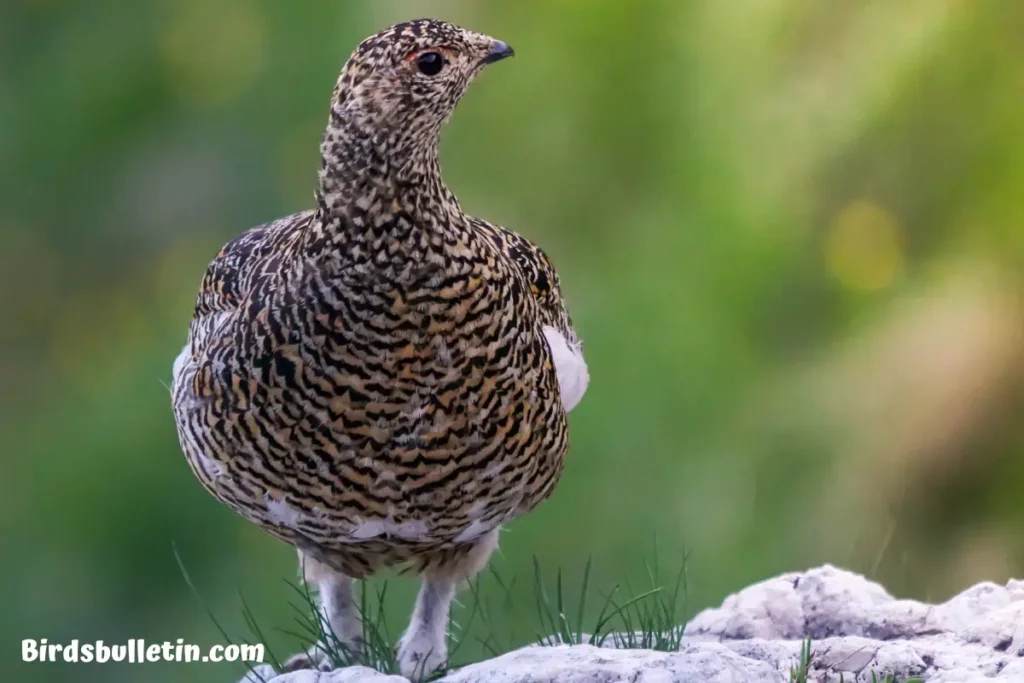
Identification
The Altai ptarmigan is a medium-sized, chicken-like bird with feathered feet. Its plumage goes through seasonal molts from snow white in winter to mottled brown in summer. Distinguishing features include its relatively short, curved bill and feathers covering its nostrils. The male Altai ptarmigan has a red comb over its eyes.
Location
The Altai ptarmigan inhabits high alpine environments from around 1,500 – 3,300 m in elevation in the Altai and Sayan mountain ranges. It favors meadows, rocky slopes, and mountain tundra. The subspecies was named after the Altai mountains extending through Mongolia, China, Kazakhstan, and Russia.
Interesting Facts
- Ptarmigan chicks can walk as soon as they hatch to help avoid predators.
- The ptarmigan’s feathered feet provide insulation and aid in walking over snow.
- Ptarmigan eat willow buds and twigs in winter, supplementing their diet with berries, seeds, and insects in summer.
- The Altai ptarmigan is the official symbol of the Altai Republic in Russia.
Status
The Altai ptarmigan has a relatively stable population but faces some threats from habitat degradation and hunting pressures. Its remote alpine habitat provides protection, and it is not currently considered threatened.
Conservation of Natural Habitat
Protecting intact alpine habitat is crucial for conservation of the Altai ptarmigan. Regulating upland grazing activity and recreation helps reduce disturbance pressures. Some hunting regulations have been implemented, and the Altai ptarmigan occurs in protected areas across its range.
Summary
The Altai ptarmigan is a distinct subspecies of ptarmigan uniquely adapted to the high mountain ecosystems of Central Asia. Its cryptic plumage and feathered feet allow it to thrive in snowy conditions. Ongoing conservation measures focused on habitat management aim to preserve alpine biodiversity.
Frequently Asked Questions
01. How does the ptarmigan survive harsh alpine winters?
Thick insulating plumage, feathers covering its feet, and camouflage to avoid predators help the Altai ptarmigan survive cold winters. It also burrows into the snow to take shelter.
02. What are the main threats to the Siberian Rock Ptarmigan’s population?
The Siberian Rock Ptarmigan faces threats such as habitat loss due to human activities, climate change impacting their natural habitats, and hunting.
03. What ecological role does the ptarmigan play?
Ptarmigan are an important prey species for predators like foxes and birds of prey. Grazing on plant material influences alpine vegetation structure. Their diggings also provide shelter for other small wildlife.


